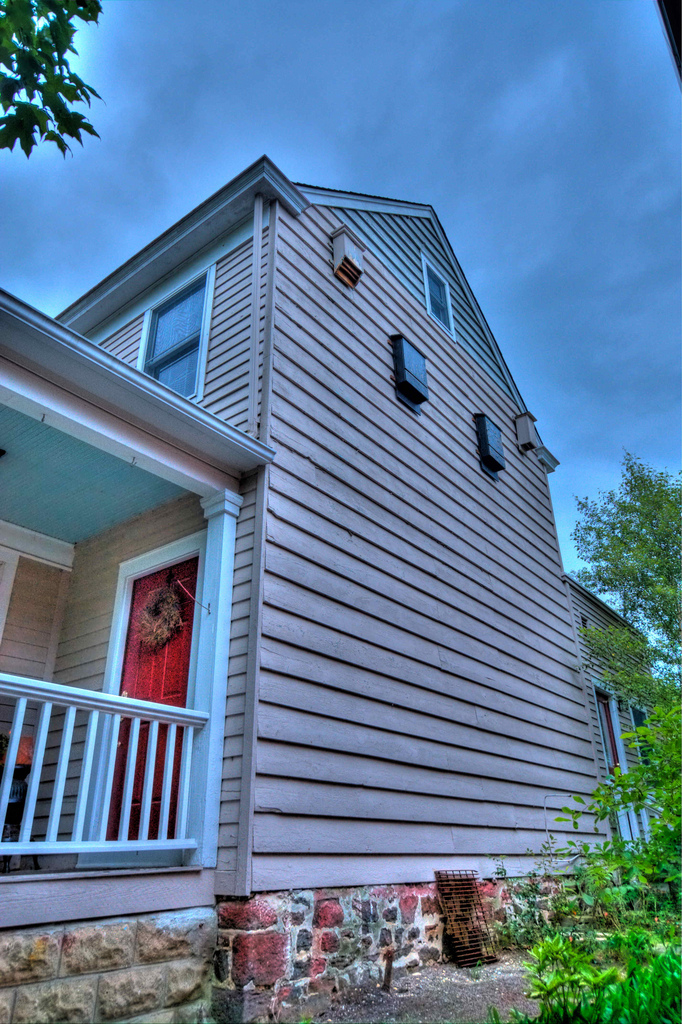Photo from the Field
American Recovery and Reinvestment Act provides food for migratory birds
by Ben Wurst, Habitat Program Manager
This past spring, in April, over 1000 native shrubs were planted at a habitat enhancement site called Ballanger Creek, pronounced “Baaa-lan-ger.” The site is located within Bass River State Forest in Bass River Township and is being funded by a grant from the American Recovery and Reinvestment Act of 2009. The purpose of the project is to create and enhance wildlife habitat while stimulating the creation of jobs in the local economy. Volunteers helped plant these shrubs in an area along the edge of an old fallow field (click on the “Learn More” link for before/after photos). The purpose is to provide a buffer between Route 9 and a housing development and provide food and cover to migratory birds and other wildlife. This summer was very tough for the new plantings. Many shrubs could not handle the drought-like conditions, while others did quite well. Of those that survived some went dormant early to survive the drought. Others in areas that had shade during the hottest times of day were able to produce fruit or berries like arrowood viburnum (pictured below).

We are currently working on the third phase of the project which is to remove old fill from the edge of freshwater wetlands. Work on this phase is expected to begin in 2011. Later this month we will be planting some left over shrubs from the spring planting at the site. If you’re interested in volunteering please contact me for more information.
The work upon which this publication is based was funded in whole or in part through a grant awarded by the Northeastern Area State and Private Forestry, U.S. Forest Service.
“This institution is an equal opportunity provider.”
